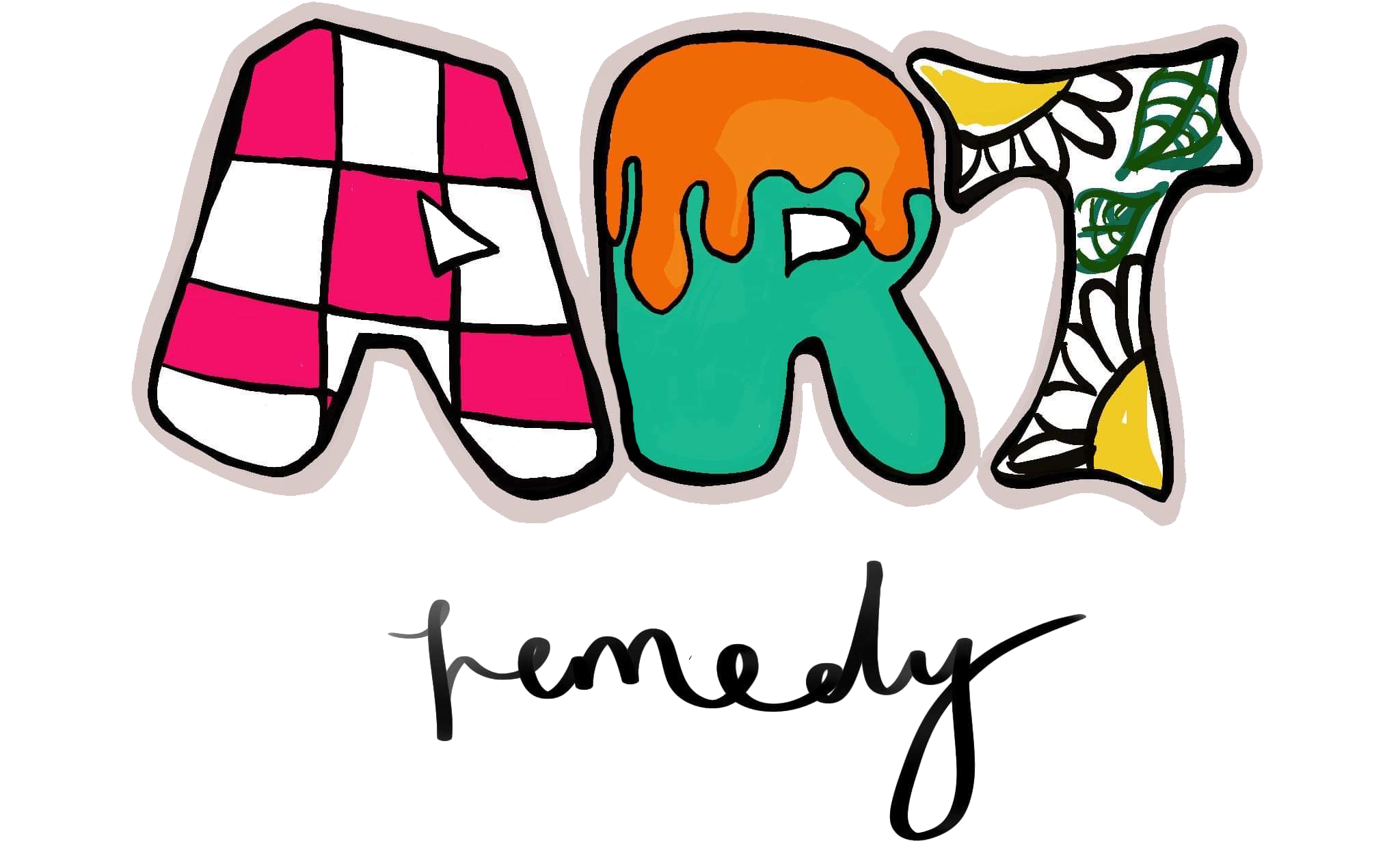How many of us have been given the silent treatment, or shown disapproval and felt guilty for not doing what those around us wanted to. Sometimes, in fact most times it can be in the smallest gestures, like the frowns on faces when we protest a household chore like taking the bins out. This is the subtle art of emotional manipulation.
So much of life can be spent in the “shoulds”. Many have been programmed to become slaves to their own lives, and forget that they always have a choice.
How many of us are unconsciously doing the same to our children?
Whilst we must acknowledge the importance of discipline, a part of me also wonders what message we may be teaching our kids by doing this. Are kids not good enough unless they do as we adults say? Whilst it is true, that at the heart of it, parents love their children unconditionally, sometimes we fall into old patterns of teaching a very conditional relationship.
I began to notice just how much myself and those around me used disapproval as a means to control kids to behave “well”. I myself was guilty of it, in little ways, like a frown I gave when a child I was working with dropped something and did not clean it up.
But what If there was another way? A way that empowered young people to make their own choices, rather than shaming them to.
And this is where we meet Bradley. A special octopus that helps our kids make the right choices.
Bradley is a magical octopus, who’s magic only works if we care, share and respect one another. He has three eyes to help kids watch their actions. He offers three guiding choices to help our them stay on track during our sessions and workshops. If our kids can make it through the session without needing his help more than three times, he lets them pick a treasure out of his head he has collected on his adventures (the bucket hat is a lid).

I’ve used him in clinic and in workshops with my kids who struggle to sit still and stay on task, and it has been awesome seeing the transformation exercising their own willpower and ability to make a choice has had.
Kids who fidget or who’s attention strays with ease will often say “I can’t help it”, the use of this special octopus challenges their “i can’t” and shows themselves the power they have of being in charge of themselves.
The importance of language:
Rather than asking a question such as “Now, what would Bradley think of what you’re doing?” that imposes judgement we can use language that empowers choice.
Ask your child a question such as “Bradley wonders what choice you would like to make?” And help them by laying out their options for them, the use of the line “I wonder” again affirms choice. .
By laying out their options we bring them back to an integrated state of mind.
First thing to identify is the emotion that is coming up, is it anger, hate, frustration etc. Ask your child “Bradley wonders what choice you would like to make?” And help them by laying out their options for them. The left hemisphere of a child’s brain is not fully developed and logic is therefore hard to compute in highly emotionally charged moments.
In an example of anger you would ask “Would you like to hold on to the angry, hateful green sludge in your chest? Or would you like to let the green sludge go?” A question such as this does not impose any judgement on a child for how they feel. It helps disassociate their emotions from their selves. One is not a “bad child” for being angry, it is just a feeling that he/she can learn to harness.
If the child chooses to let the anger go, guide them through the process – I am working on writing a step by step post on how to do this.
In another instance where a child is hitting another, you could ask “now , Bradley wonders, would you like to keep hurting someone? Or would you like to voice to me what is frustrating you so we can work it out together?” Before we jump to punish a child’s behaviour, it’s important to note they may not see another way in the heat of the moment.
The good news is that this tool is something parents can easily recreate at home!
So.. what do you need? Whilst children can most definitely come in for a session with me to create their very own creature that helps them make decisions, if this concept is something you would like to recreate at home, it does not have to require a kiln. You could use a teddy bear who sits on top of a box which holds special treasures instead. Or teddies that have a pouch in their belly – perhaps a kangaroo.
Treasures don’t have to be big things, I used shells or crystals I have collected, sometimes stickers or special gel pens. You can even suggest to your child that they can hold the teddy to help themselves hear what decision their heart wants to make.
I think you’ll be surprised to see that with a little patience, kids are very capable of naturally making the right choices. They don’t have to be made to feel inadequate or unacceptable to do so. They can be empowered to!
